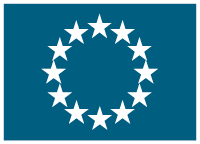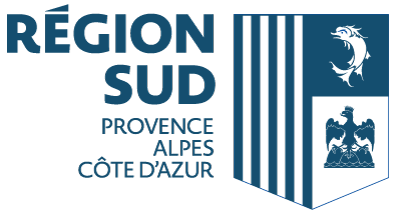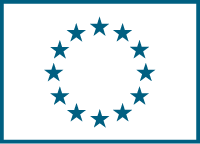Single Molecule Imaging of the DNA Damage Response in Live Cells
(SMI-DDR)
Date du début: 1 mai 2011,
Date de fin: 30 avr. 2016
PROJET
TERMINÉ
"Accurate DNA replication is key to maintaining genomic stability. Replication is immensely complex requiring error-free duplication of several billion bases each time a human cell divides. The DNA replication machinery must deal with a wide range of DNA damage, aberrant secondary structures and DNA:protein complexes; obstacles that cause replication forks to arrest. Arrested replication complexes are actively stabilised by checkpoint pathways, but in some cases component proteins still dissociate from the site of DNA incorporation, resulting in fork ¿collapse¿. Collapsed forks can be restarted by homologous recombination (HR)-based processes, but are strongly associated with gross chromosomal rearrangements. Thus, the advantage gained by restarting a collapsed fork comes at the expense of an increased potential for genome instability.Structural, biochemical, and molecular techniques identified the main components and regulators of these processes, but are inherently limited to studying the system in bulk, thereby averaging events and limiting our understanding of the dynamics and behaviour of molecular participants. To overcome these limitations and to study single molecules at a single arrested or collapsed fork I propose to develop an nTIRF-PALM ¿super-resolution¿ microscopy platform that will allow the identification of individual protein molecule as well as very small numbers of molecules at <50 nanometer resolution inside the nucleus of a living eukaryotic cell. I propose to apply this methodology to the model organism fission yeast (S. pombe) to study the organization and structure of normal and restarted replication forks. To achieve this I propose to extend the development of site-specific and temporally controlled replication fork arrest systems to manipulate a single replication fork at a defined DNA locus. By creating a variety of fluorescent protein tags we will record ""molecular movies"" to provide insight into the dynamics and reaction mechanisms."
Accédez au prémier réseau pour la cooperation européenne
Se connecter
ou
Créer un compte
Pour accéder à toutes les informations disponibles
Coordinateur
UNIVERSITY OF SUSSEX
€ 2 366 576,00- Jess Moore
- Sussex House BN1 9RH FALMER, BRIGHTON (United Kingdom)
Details
- 100% € 2 366 576,00
-
 FP7-IDEAS-ERC
FP7-IDEAS-ERC
- Projet sur CORDIS platform



